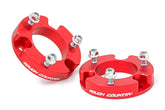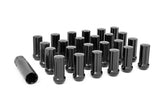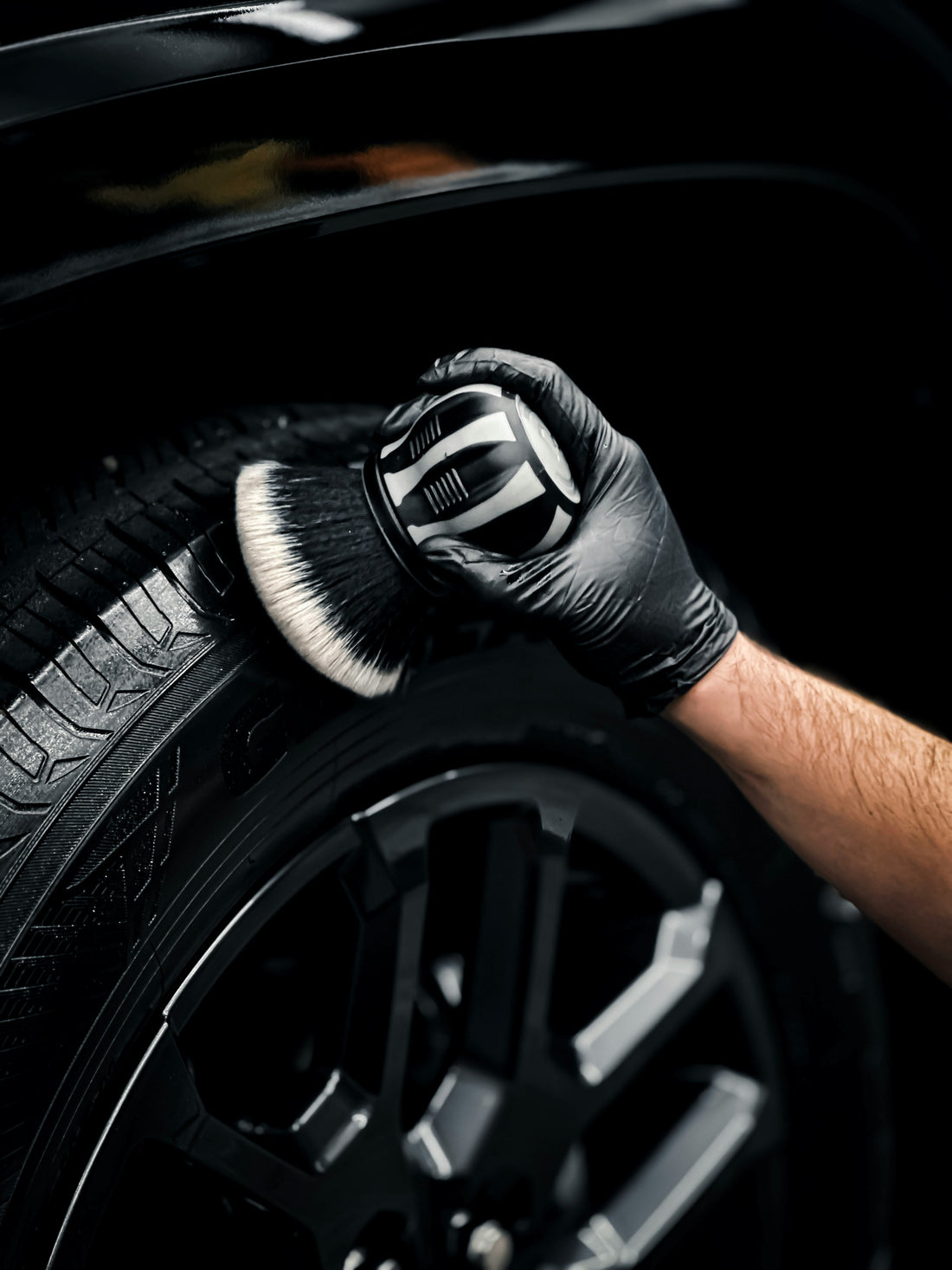
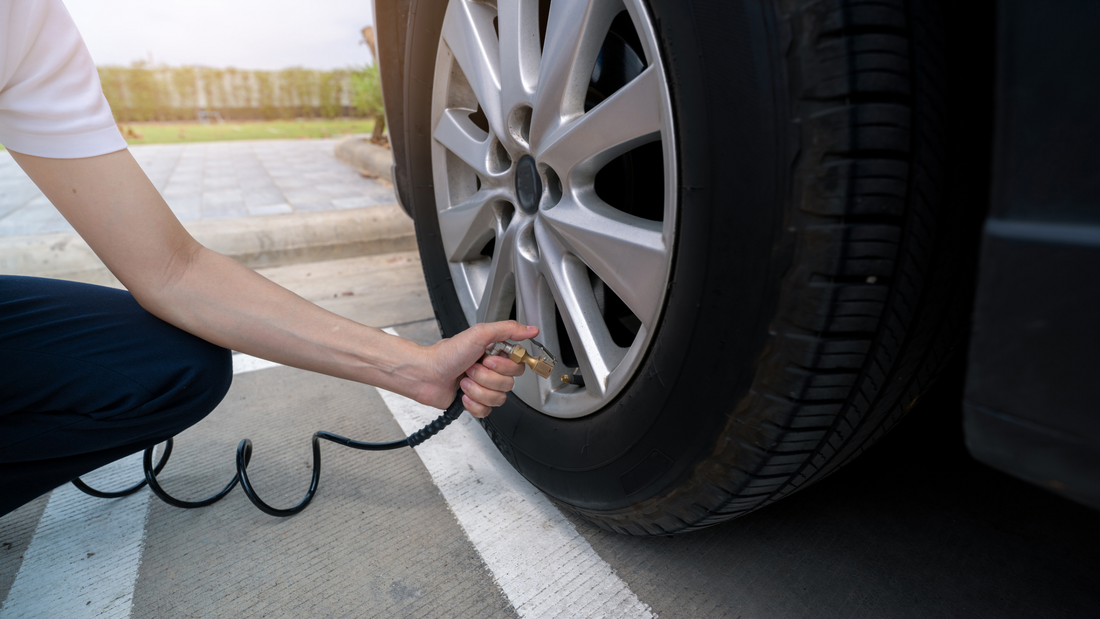
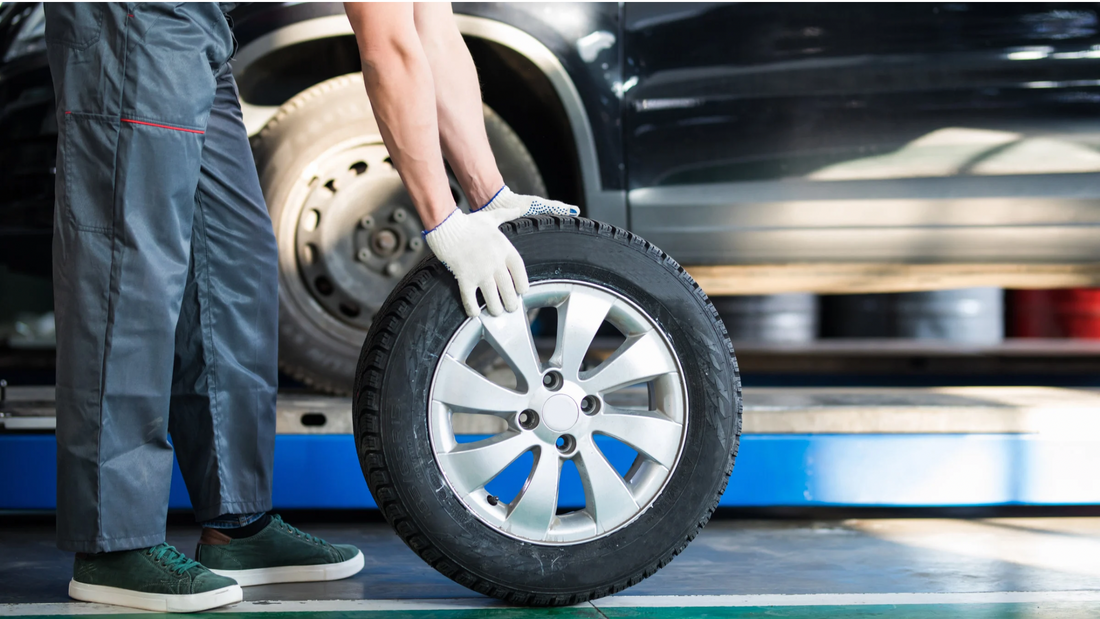
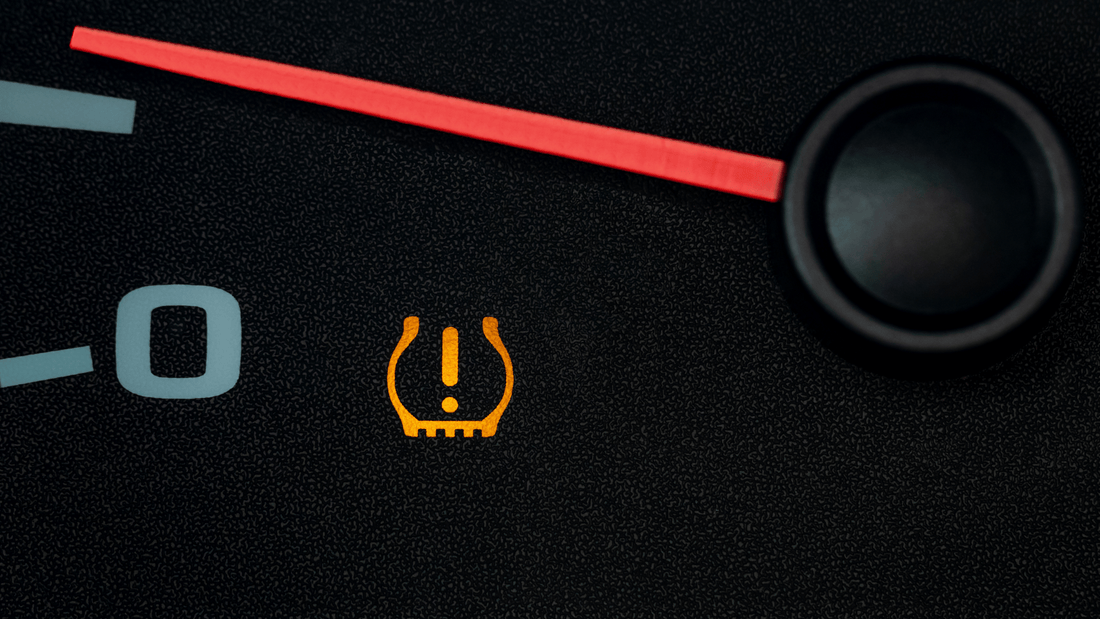



The Ultimate Guide to Tire Maintenance and Safety: Tips to Keep You Rolling Safely
Tires are the unsung heroes of the road, supporting the weight of your vehicle and providing traction on various surfaces. However, neglecting tire maintenance can lead to safety hazards and costly repairs. In this comprehensive guide, we'll explore essential tire maintenance practices to ensure your safety and prolong the lifespan of your tires.

1. Regular Tire Inspections: Regular inspections are crucial for identifying potential issues before they escalate into safety hazards. Inspect your tires monthly for signs of wear, damage, or uneven tread wear. Look for cuts, cracks, bulges, and foreign objects embedded in the tread.

2. Proper Tire Inflation: Maintaining the correct tire pressure is essential for optimal performance and safety. Under-inflated tires can lead to decreased fuel efficiency, uneven wear, and increased risk of blowouts. Refer to your vehicle's owner's manual or the placard on the driver's side door jamb for the recommended tire pressure. Check tire pressure at least once a month and before long trips, using a reliable tire pressure gauge.

3. Tire Rotation: Regular tire rotation helps distribute wear evenly across all four tires, extending their lifespan and improving overall performance. Follow the manufacturer's recommendations for the frequency of tire rotation, typically every 5,000 to 7,500 miles. Front-wheel drive, rear-wheel drive, and all-wheel drive vehicles may have different rotation patterns, so consult your owner's manual or a professional mechanic.

4. Wheel Alignment: Proper wheel alignment ensures that your tires make uniform contact with the road surface, maximizing tire life and vehicle handling. Signs of misalignment include uneven tire wear, steering wheel vibration, and pulling to one side while driving. Schedule a wheel alignment service if you experience any of these symptoms or after hitting a pothole or curb.

5. Tire Balancing: Tire balancing minimizes vibrations and ensures smooth, even tire wear by evenly distributing the weight of the wheel and tire assembly. Unbalanced tires can lead to steering wheel vibration, uneven tread wear, and premature suspension component wear. Have your tires balanced whenever you install new tires or notice vibrations at certain speeds.

6. Tire Tread Depth: Adequate tire tread depth is essential for maintaining traction on wet and slippery roads. Use a tread depth gauge or the penny test to measure tread depth regularly. Insert a penny into the tread grooves with Lincoln's head upside down. If you can see all of Lincoln's head, it's time to replace your tires. Consider replacing tires when the tread depth reaches 4/32 of an inch for improved safety.

7. Driving Habits: Your driving habits play a significant role in tire wear and safety. Avoid aggressive driving maneuvers such as hard acceleration, braking, and cornering, as they can accelerate tire wear and increase the risk of accidents. Maintain a safe following distance from other vehicles to reduce the likelihood of debris puncturing your tires.
Prioritizing tire maintenance is essential for ensuring your safety on the road and maximizing the lifespan of your tires. By following these tire maintenance tips, you'll not only enjoy a smoother and safer driving experience but also save money on costly repairs and replacements in the long run. Remember, a little maintenance goes a long way in keeping you rolling safely towards your destination.
